Outdoor living is booming, and cat parents are leading the charge with stylish, safe, and enrichment-packed spaces that let whiskered explorers soak up sun, breeze, and scents—without risking escapes, toxins, or stress. Here’s your trend tour.
Catio chic: stylish enclosures cats actually love

The modern catio blends safety with design, using slim black mesh and wood tones to disappear into the garden.
Opt for rust-proof aluminum frames and UV-stable poly mesh for longevity and unobstructed views.
Modular panels let renters assemble and relocate without drilling into the house or fence.
Add a solid roof or clear polycarbonate panels for rain protection and winter warmth.
Vary floor textures: cedar decking, outdoor rugs, and pea gravel provide traction and interest.
Create “rooms” with shelves, tunnels, and hideaways so shy cats aren’t cornered by confident ones.
Add planting pockets outside the mesh for safe sniffing of herbs without nibble access.
Include a human perch—bench or bistro set—so you’re part of the territory and social time.
Install a lockable, self-closing access door and use microchip cat flaps for secure entry.
Finish with dimmable solar lights, transforming evening prowls into calm, stargazing sessions.
Planting a cat-safe garden with sensory perks

Choose non-toxic, vet-approved plants: catnip, cat grass (barley/wheat), valerian, silver vine, and rosemary.
Add texture and sound with grasses like carex and oat grass, which sway enticingly in the wind.
Grow pesticide-free edible greens in planters, refreshing weekly to keep them tender and irresistible.
Avoid lilies, sago palm, foxglove, oleander, azalea, yew, tulips, and daffodils—top toxic culprits.
Skip cocoa shell mulch; it smells like chocolate but contains theobromine, which is dangerous.
Use organic soil and avoid systemic insecticides; cats groom residues off paws and fur.
Create “sniff lanes” by clustering safe herbs—basil, thyme, lemon balm, and catmint—at nose height.
Incorporate pollinator-friendly yet cat-safe picks, like sunflowers and zinnias, for lively watch points.
Mulch with smooth river stones in nibble zones to discourage digging without harsh spikes.
Label plants and keep a toxic list on your phone for quick garden-center checks.
Shady lounging spots: pergolas, sails, and naps
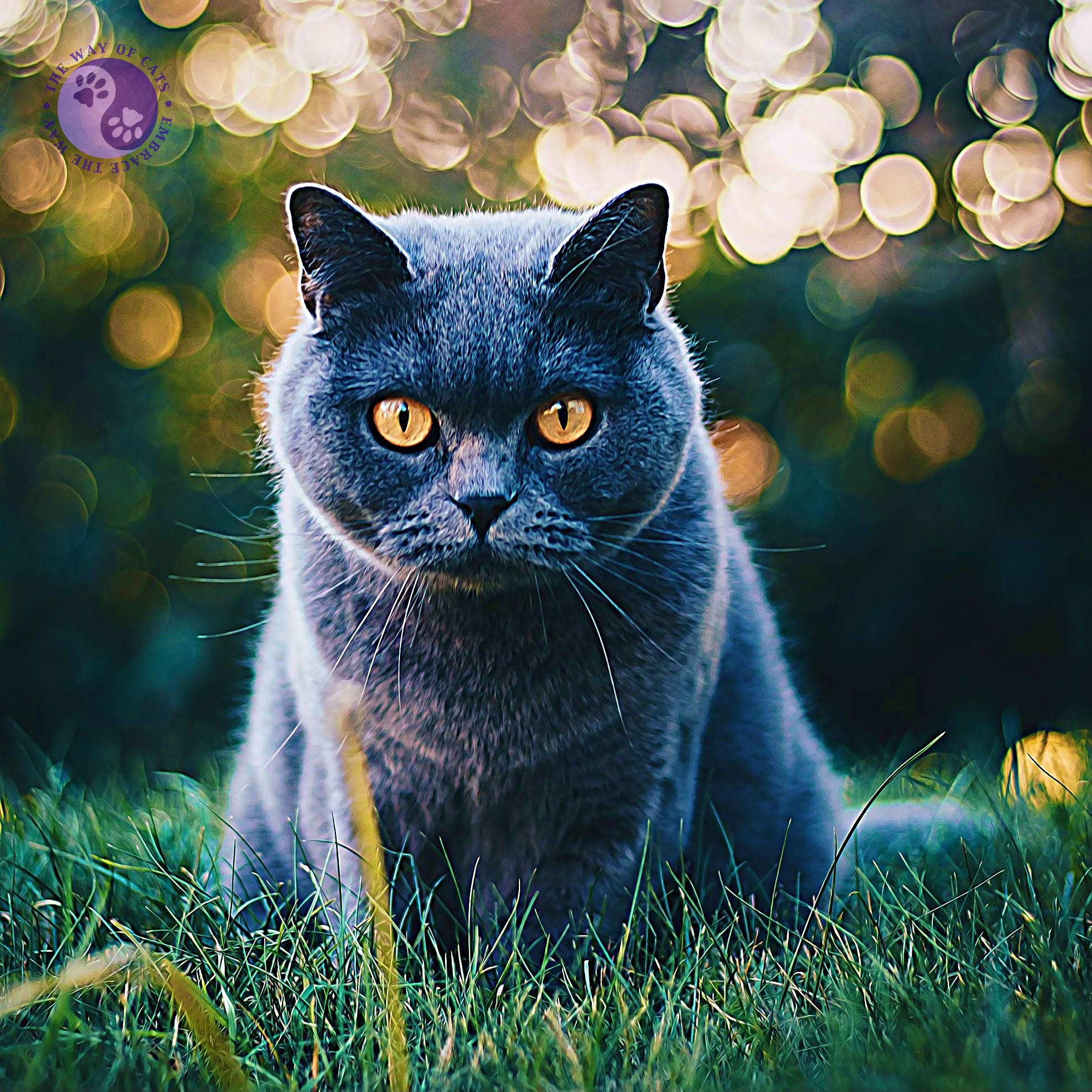
Shade is enrichment; it expands usable hours and prevents heat stress during peak sun.
Pergolas with adjustable louvers let you tune light and airflow throughout the day.
Triangle shade sails are trendy and budget-friendly; choose 95% UV-blocking, breathable fabric.
Angle sails for cross-breezes and tension them tightly to avoid flappy, scary noise.
Layer shade with climbing vines like jasmine or grape, keeping leaves out of reach.
Add elevated cots or hammock shelves under shade for cooler, bug-free naps.
Cool mats and ceramic tiles stay pleasantly chilly; rotate them to maintain novelty.
Place shade near lookouts—fence lines, birdbaths, and pathways—so cats can nap and surveil.
Offer multiple stations so social and solitary cats both find perfect microclimates.
Refresh water and add a wet towel nearby; evaporative cooling is a summer lifesaver.
Vertical adventures: cat-safe ramps and shelves

Cats crave height, but outdoor setups must be sturdy, textured, and weatherproof.
Use marine-grade plywood or composite decking with rubberized grip tape for traction.
Keep ramp slopes gentle—about 18–22 degrees—so seniors and chonks climb confidently.
Space shelves 12–16 inches vertically for easy, safe step-ups and descents.
Create “landing pads” at corners; cats prefer routes with options, not dead ends.
Anchor supports into studs or set posts in concrete; wiggle equals nope.
Wrap tree trunks with sisal or jute at multiple heights to redirect scratching.
Include a lookout shelf facing bird feeders at a respectful distance to prevent stress.
Add wind breaks at the top shelves so gusts don’t spook mid-perch.
Seal wood edges and check hardware quarterly; outdoor gear works hard year-round.
Water features that entice, not scare, curious cats

Shallow bubblers and drippers beat loud cascades; gentle sounds attract cautious drinkers.
Choose basins with gradual slopes and textured bottoms to prevent slips and panic.
Recirculating pumps with inline filters keep debris down without chemical algaecides.
Use pet-safe mosquito control like BTI dunks; avoid copper and harsh additives.
Position water away from feeding stations; cats instinctively prefer separated resources.
Offer different water types: moving, still, and a wide, shallow dish for whisker comfort.
Hide cords in conduit and use GFCI outlets; safety first for wet paws and humans.
Keep water lukewarm in winter and cool in summer; temperature affects drinking.
Add stepping stones and a “rescue ramp” so no critter or cat gets trapped.
Clean weekly; biofilm turns picky drinkers off faster than you can say “me-ow.”
DIY puzzle feeders and slow-snack stations
Food puzzles bring the hunt outside, extending engagement and preventing scarf-and-barf.
Make a peg board with dowels and holes; stash kibbles for paw-fishing practice.
Fill a perforated PVC tube with treats; rolling releases rewards, not floods.
Create a snuffle planter by topping grass with felt strips or safe straw.
Freeze tuna water in lickable pucks for hot days, offering brief, supervised sessions.
Use multiple small stations to reduce resource guarding between housemates.
Rotate difficulty so confident cats don’t hog the “easy wins” every time.
Attach puzzles to boards or stake them down to prevent tipping and ants.
Feed measured amounts; puzzle play should fit into daily calorie goals.
Wipe surfaces after sessions; smell residues attract insects and raccoons.
Feline-friendly fencing and escape-proof borders
A 6-foot fence is a start; add inward-leaning toppers or roller bars for success.
Commercial cat-proof kits with flexible overhangs stop the classic launch-and-grab.
Install dig-proof skirts: buried hardware cloth or pavers along the fence base.
Self-closing gates with spring hinges and high latches block opportunistic dashes.
Plant dense, non-toxic hedges inside the fence to reduce visual stimuli and fence testing.
Avoid lattice footholds near corners; cats are Olympic-level climbers with motivation.
Check for tree limbs overhanging the fence and prune seasonally to remove bridges.
Keep furniture away from boundaries; outdoor sofas become convenient launchpads.
Bright surveyor’s tape flags reveal gaps; cats find weaknesses you miss.
Walk the perimeter monthly; small issues become exit routes fast.
Safe sunbathing: UV facts, shade hacks, vet tips

Cats love warmth, but UV risk is real—especially for white or thin-furred ears and noses.
Feline squamous cell carcinoma often targets ear tips; early redness is a red flag.
Avoid human sunscreens with zinc oxide or salicylates; ingestion can be toxic.
Ask your vet about cat-safe, fragrance-free products and suitability for your pet.
Prioritize shade, timing (before 10 a.m., after 4 p.m.), and short supervised sessions.
Offer cool rests: ceramic tiles, elevated mesh beds, and airflow-focused setups.
Hydration matters; provide wide bowls, fresh fountains, and add water to wet food.
Heatstroke signs include panting, drooling, lethargy, wobbliness—move to cool and call your vet.
For at-risk cats, consider UV-protective window films on sunniest sides of the catio.
Regularly check ear tips and noses; early intervention saves tissue and stress.
Quiet zones: hideaways that reduce stress hormones
Every outdoor space needs retreats; privacy lowers cortisol and boosts confidence.
Think “layers”: curtained boxes, foliage screens, and corner cubbies for instant invisibility.
Use insulated cooler boxes with side holes as budget, weatherproof hideouts.
Site hideaways away from high-traffic views to minimize unexpected startles.
Research shows hiding options reduce stress and speed acclimation in shelter cats.
Add soft bedding and one-way sightlines, letting cats look out while feeling unseen.
Provide a choice of high and low hideouts for different moods and temperatures.
Include a pheromone-infused cloth or diffuser near quiet nooks for calming support.
Avoid single-entry dead ends when multi-cat dynamics are tense; add escape routes.
Respect the sign: if your cat chooses the hideout, pause the interaction and wait.
Smart tech: cameras, trackers, and door flaps
[hostinger-affiliate-table id=”796″]
Wireless outdoor cams with human-only alerts reduce false pings from squirrels.
Choose cams with quiet IR night vision; loud clicks can spook sensitive cats.
GPS or BT trackers on breakaway collars help locate garden nappers quickly.
Set geofencing alerts for escape-prone cats, but never rely on tech over fencing.
Microchip-activated flaps keep neighborhood moggies and wildlife out of your catio.
Smart plugs automate fans, lights, and fountains to match weather and schedules.
Use temperature and humidity sensors to catch hot spots before cats overheat.
Solar chargers can power low-draw gadgets where outlets are awkward.
Mind data privacy and share cam access only with trusted caregivers.
Backup plans matter: collars can be lost, so keep microchip details updated.
Balconies made safe: nets, shelves, and rules
UV-stable cat nets anchored top-to-bottom create safe balcony “rooms.”
Add clear acrylic panels along railings to block squeezes without losing views.
Install slimline shelves staggered up the wall for birdwatching without railing perches.
Use outdoor rugs and rubber tiles for traction and to dampen city clatter.
Separate litter and food; a tidy balcony discourages pests and keeps cats comfy.
Confirm building rules; landlord-friendly, non-drilling anchor kits now exist.
Weigh planters and furniture; wind tunnels can topple gear and spook cats.
Avoid hanging cords and strings; they tangle easily in breezes.
Provide shade with a compact sail or umbrella clamped to furniture.
Keep sessions supervised at first, then gradually extend as routines stick.
Enrichment pathways: scent trails and herb pots
Design “cat highways” that loop, never dead-end, encouraging calm patrol routines.
Place herb pots—catnip, silver vine, lemon balm—at intervals for sniff-and-go moments.
Rub scratchers with valerian or silver vine to refresh interest without overdoing it.
Alternate substrate strips: wood, turf, stones; paw sensations enrich and guide.
Hide scent sachets (tea-strainer style) under benches for surprise sniffs.
Sprinkle a breadcrumb trail of treats occasionally to re-excite exploration.
Place chimes or rustle elements lightly; novelty should intrigue, not alarm.
Add visual checkpoints: a birdbath, butterfly planter, or wind spinner near routes.
Refresh layouts monthly; small moves keep the map stimulating.
Observe your cat’s favorite loops and widen them, letting the cat “co-design.”
Outdoor living with cats is all about thoughtful layers—safety, shade, scent, sound, and choice. Start small, observe your feline’s feedback, and iterate. With a few smart trends and a dash of curiosity, your backyard becomes the best room in the house for paws and people alike.

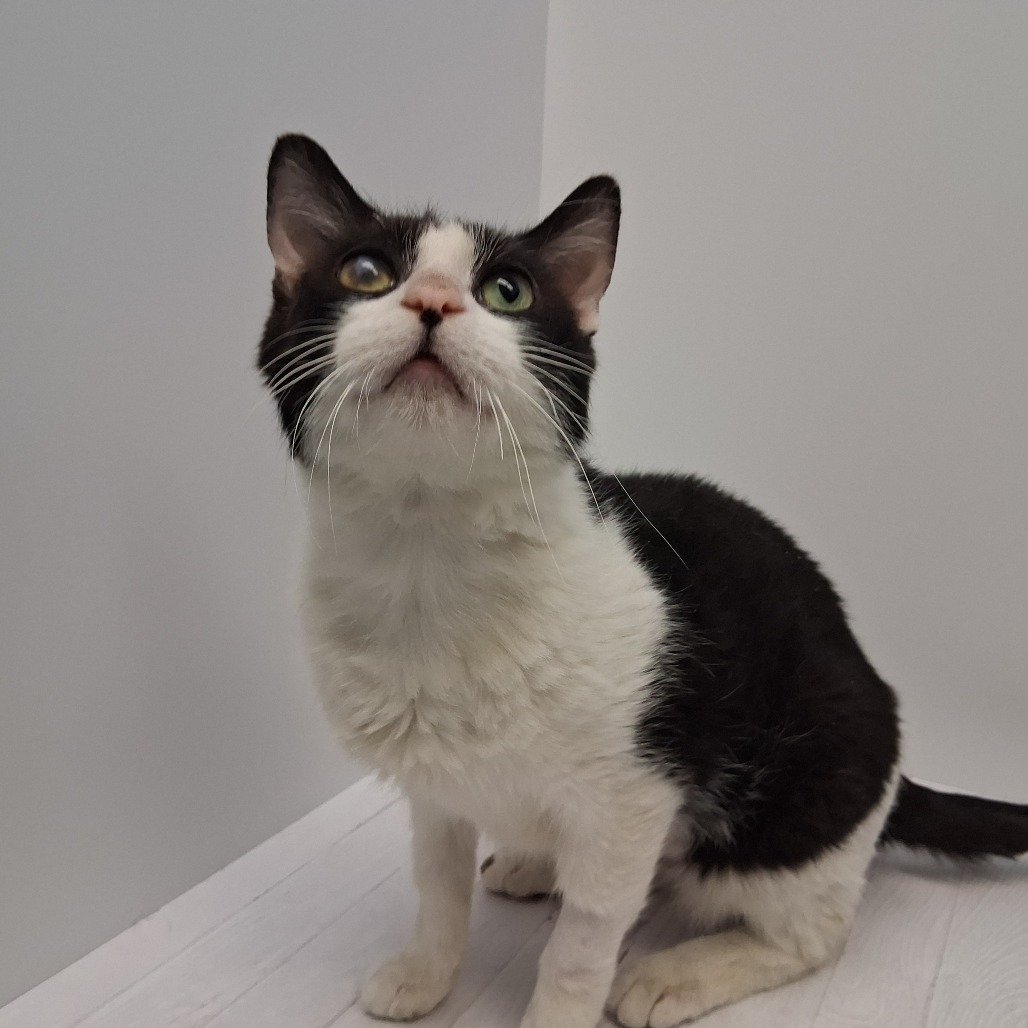
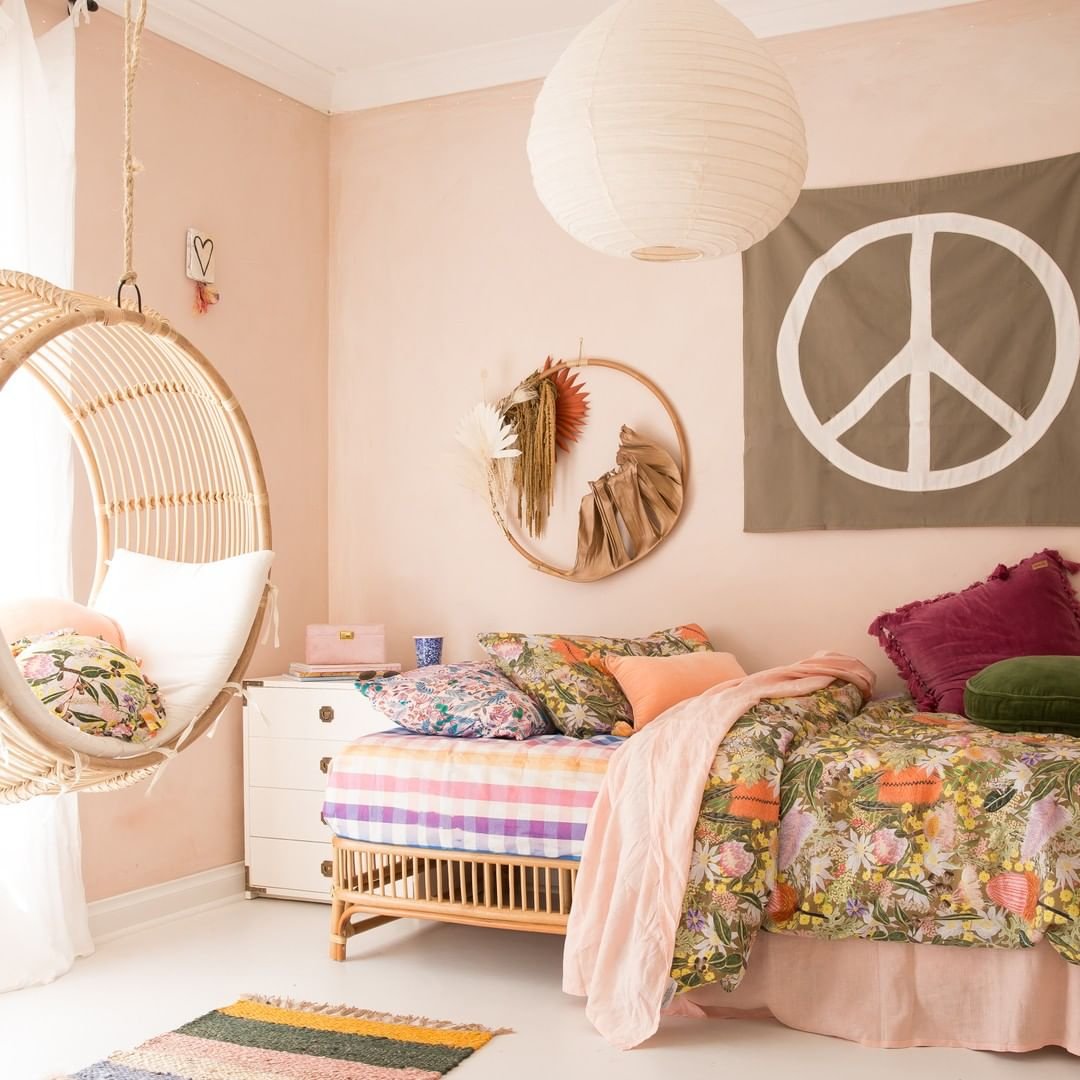
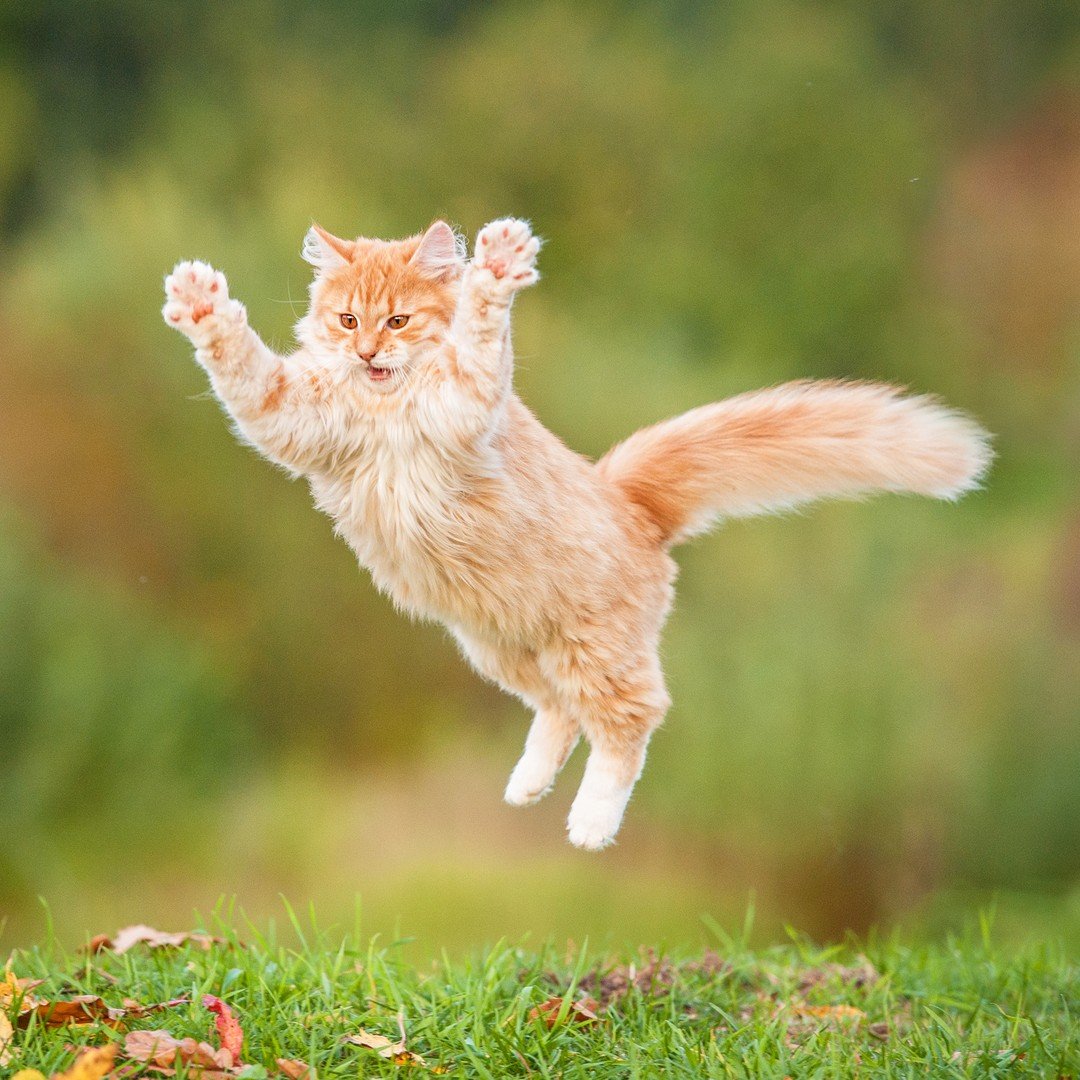
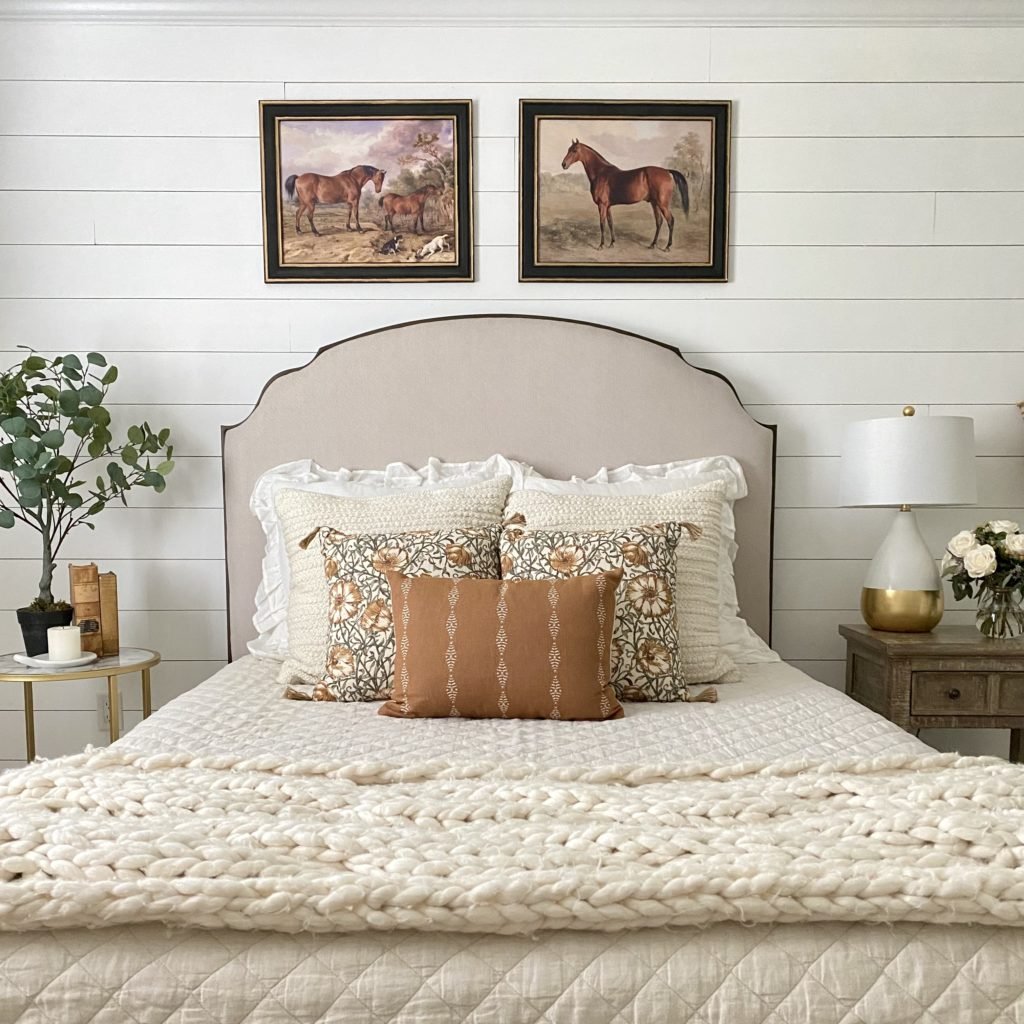
4 thoughts on “Top Outdoor Living Trends for Cat Friendly Homes”